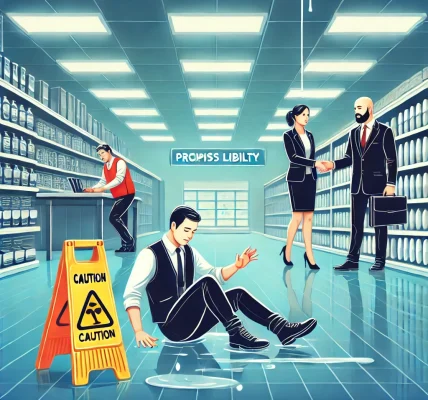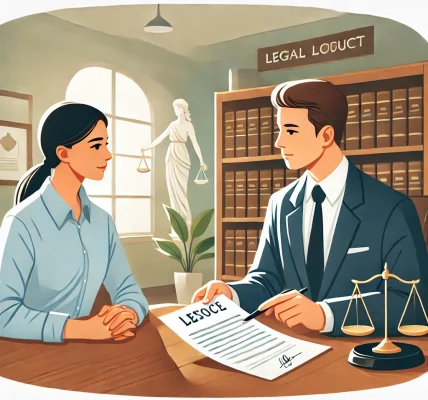Introduction
A hit-and-run accident can be a terrifying and overwhelming experience, especially if you have suffered injuries. The shock of the incident combined with the uncertainty of how to proceed can leave victims feeling helpless. However, knowing the right steps to take can make a significant difference in securing compensation for your injuries and holding the responsible party accountable.
In this article, we’ll outline the crucial steps to take after a hit-and-run accident to protect your legal rights and maximize your chances of receiving fair injury compensation.
Step 1: Prioritize Your Safety and Seek Medical Attention
Your health and safety should always come first after a hit-and-run accident. Here’s what you should do immediately:
- Move to a Safe Location: If possible, get yourself and any passengers to a secure area, away from traffic.
- Check for Injuries: Assess yourself and others for any injuries, even if they seem minor.
- Call 911: Contact emergency services to report the accident and request medical assistance if needed.
- Follow Medical Advice: Even if you feel fine, seek a medical evaluation. Some injuries, like concussions or internal bleeding, may not show immediate symptoms.
Step 2: Gather as Much Information as Possible
Since the at-fault driver has fled, collecting evidence is critical in helping law enforcement track them down. Here are the key details to note:
- Vehicle Description: Try to remember the color, make, model, and any distinguishing features of the fleeing vehicle.
- License Plate Number: Even a partial license plate number can assist authorities.
- Direction of Travel: Take note of the direction the vehicle was heading when it left the scene.
- Time and Location: Record the exact time and location of the accident.
- Witness Information: If there were bystanders, ask for their contact information and if they can provide a statement.
- Dashcam or Surveillance Footage: If available, check if nearby traffic cameras or security cameras captured the incident.
Step 3: Report the Accident to Law Enforcement
A police report is essential for your insurance claim and any potential legal action. Here’s how to properly report the hit-and-run:
- Provide Detailed Information: Share all the details you collected, including witness accounts and vehicle descriptions.
- Obtain a Copy of the Police Report: This will serve as crucial evidence when filing an insurance claim or pursuing legal action.
- Follow Up: Keep in contact with law enforcement to check on the progress of their investigation.
Step 4: Notify Your Insurance Company
Even if the other driver cannot be identified, you may still be able to recover compensation through your insurance policy. Follow these steps:
- File a Claim Promptly: Most insurance policies require claims to be reported within a certain timeframe.
- Provide All Necessary Information: Submit the police report, medical records, and any evidence gathered.
- Check for Uninsured Motorist Coverage (UMC): If you have UMC, it may cover medical expenses and damages from a hit-and-run driver.
- Understand Policy Limits: Review your policy to see what is covered and discuss your options with your insurance adjuster.
Step 5: Document Your Injuries and Expenses
Maintaining accurate records will strengthen your claim and help you secure fair compensation. Be sure to:
- Keep Medical Records: Include doctor visits, treatments, prescriptions, and diagnoses related to the accident.
- Track Medical Expenses: Save all bills for hospital stays, surgeries, therapy, and other treatments.
- Record Lost Wages: If the accident caused you to miss work, document the hours and wages lost.
- Note Pain and Suffering: Keep a journal of how the injuries have impacted your daily life, including emotional distress and physical pain.
Step 6: Consult a Personal Injury Lawyer
Hit-and-run cases can be complex, and dealing with insurance companies alone may not always lead to a fair settlement. A personal injury attorney can help:
- Investigate the Accident: Lawyers can work with private investigators to find the hit-and-run driver.
- Negotiate with Insurance Companies: Legal representation can prevent lowball settlement offers.
- File a Lawsuit if Necessary: If the responsible driver is identified, an attorney can help you pursue a personal injury lawsuit.
Step 7: Explore Other Compensation Options
If the hit-and-run driver is never found, there may be additional ways to recover compensation:
- Personal Injury Protection (PIP): Some states require PIP, which covers medical expenses regardless of who is at fault.
- Medical Payments Coverage (MedPay): This optional insurance helps pay medical bills.
- State Compensation Funds: Some states have victim compensation funds that provide financial assistance.
Conclusion
Being involved in a hit-and-run accident can be overwhelming, but taking the right steps can improve your chances of obtaining compensation for your injuries. From seeking medical attention and gathering evidence to working with law enforcement and your insurance provider, every action you take matters.
If you’re struggling to recover damages or need legal guidance, consulting a personal injury lawyer can significantly increase your chances of securing a fair settlement.
Disclaimer: This article is for informational purposes only and does not constitute legal advice. Consult a qualified attorney for legal guidance specific to your situation.




